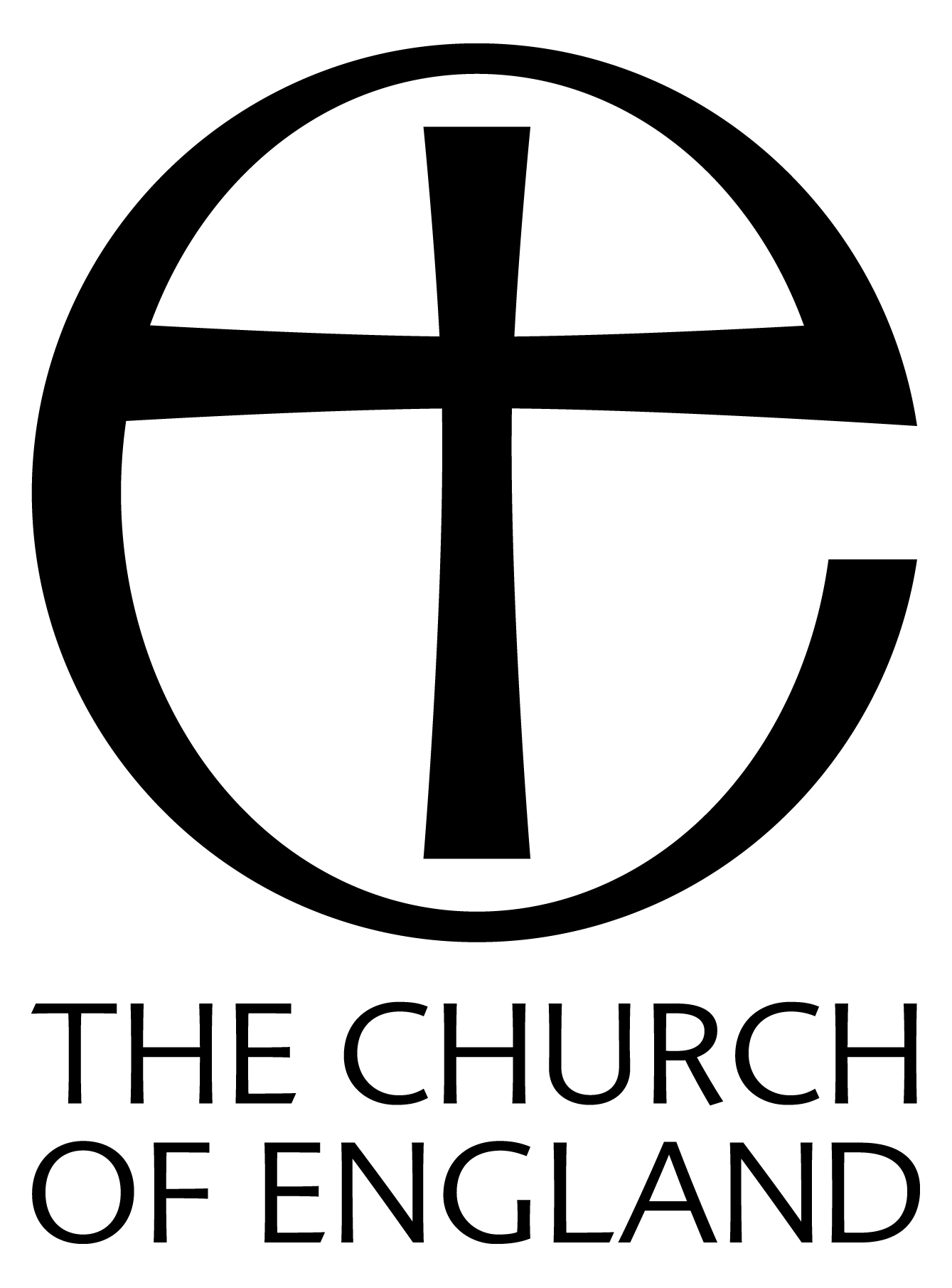61
Griffith as a Mission Church, with the Reverend S. Longworth as its priest-in-charge. This church too was completely destroyed and has not been rebuilt.
We must now return to the history of the main portion of the parish.
BETWEEN THE WARS
With the end of the first World War the parish set out to fulfill its obligations to those who lived within its borders. In May, 1919, a competition was held for a design for the new church for St. Columba's. The assessor was the distinguished architect WaIter Tapper, who decided in favour of Messrs. E. E. Lofting and E. Priestley Cooper, and it was a portion of this design which was eventually carried out. The foundation stone was laid by H.R.H. the Princess Royal on 7th October, 1926, from the Cecil Cinema, using remote control. The consecration of the church on 12th January, 1929, was one of the first public acts of Archbishop Temple, who was also the celebrant at the first service of Holy Communion, the next day.
THE RESTORATION OF THE PARISH CHURCH
The end of the War found the parish church in a somewhat dilapidated state, but it was not until 1929-30 that restoration could be undertaken. Perished stonework was replaced, a new reredos in memory of WaIter and Mary Smith, Arthur Pocklington and Sarah Jane and Edwin Thorp was erected, new flooring of various French marbles was laid, and the choir stalls were extended into the crossing. The architect for the work was Mr. W. S. Walker. In 1921, two lights in the east window had been filled with stained glass as a War Memorial, the artists being Messrs. F. G. Christmas, of London. In 1923 the font at St. Andrew's was replaced
|
62

St. Columba's Church, 1960.
[Click image for larger version]
|


